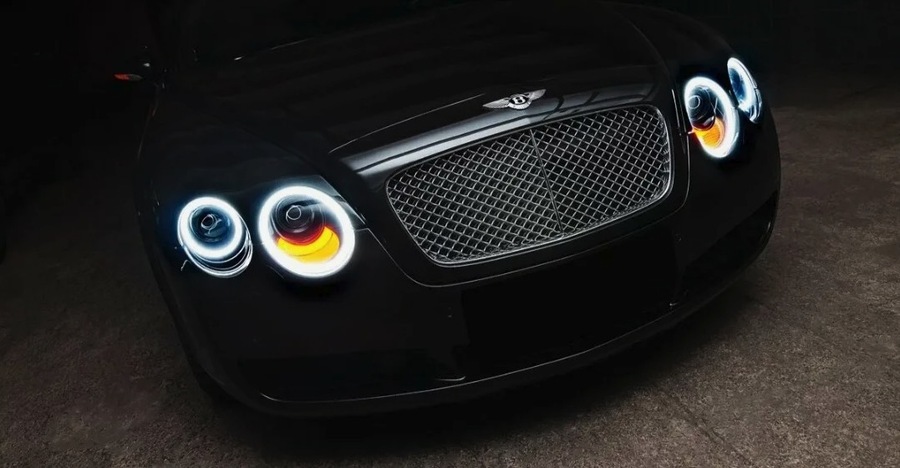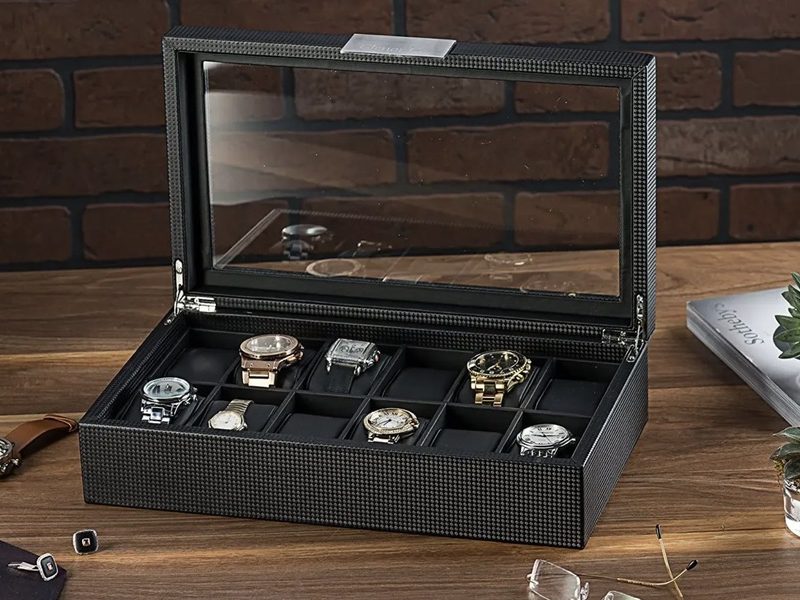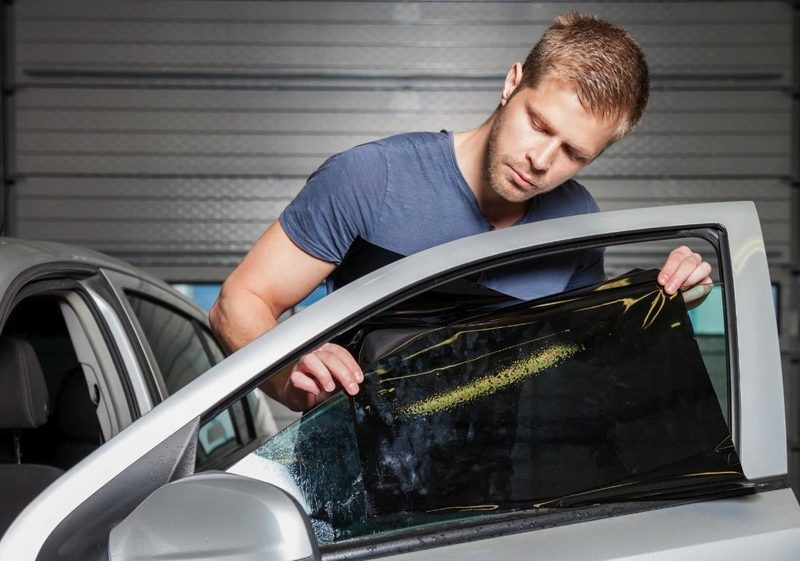Car optics refer to the lighting systems used in vehicles to provide visibility and safety. These systems include headlights, taillights, fog lights, and various signal lights. Car optics play a critical role in ensuring that drivers can see the road clearly at night or in poor visibility conditions and that other road users can see the vehicle. Without effective lighting, driving at night or in adverse weather conditions becomes hazardous, increasing the risk of accidents. Moreover, proper car optics enhance the overall aesthetic appeal of the vehicle, making it look more modern and stylish. Experience the benefits of superior car optics with car hire Dubai.
The Importance of Car Optics
Car optics are essential for several reasons:
1. Safety: Proper lighting allows drivers to see obstacles, road signs, and other vehicles in low-light conditions, reducing the risk of accidents. For example, high-quality headlights illuminate the road ahead, while taillights and brake lights inform other drivers of your actions.
2. Visibility: Car optics ensure that the vehicle is visible to other drivers, pedestrians, and cyclists, which is crucial for preventing collisions. This is particularly important in poor visibility conditions such as fog, rain, or snow.
3. Communication: Signal lights, such as turn signals and brake lights, communicate the driver’s intentions to others, facilitating safe and predictable maneuvers. This helps reduce misunderstandings on the road and improves overall traffic flow.
4. Legal Compliance: Vehicles must meet specific lighting standards to be road-legal, making car optics essential for legal compliance. Regulations vary by region but generally require functioning headlights, taillights, and signal lights.
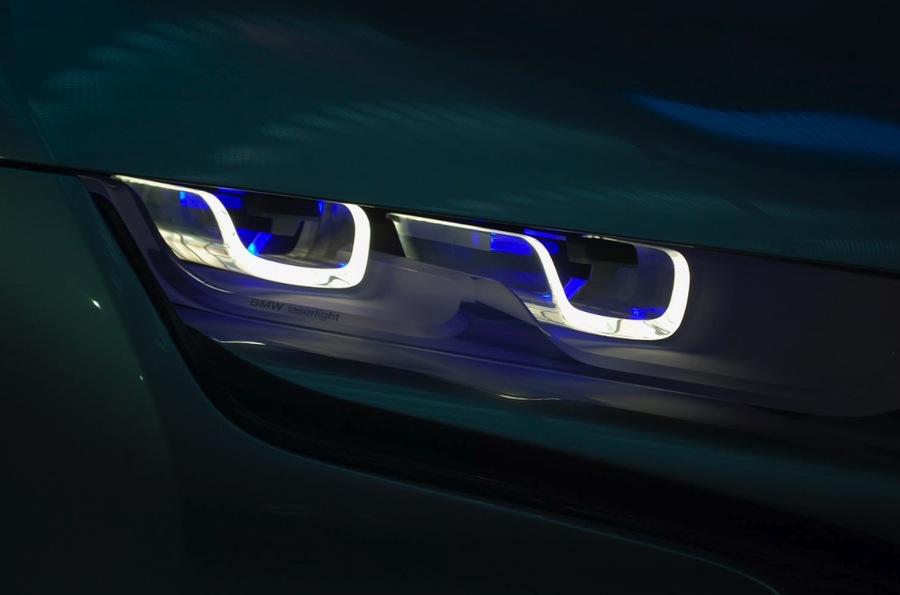
Main Types of Car Optics
Halogen Headlights
Definition: Halogen headlights are the most common type of car lighting, using a tungsten filament and halogen gas to produce light. When electricity passes through the filament, it heats up and emits light, which is amplified by the halogen gas.
Lifetime: Typically last between 500 to 1,000 hours, depending on usage and environmental conditions.
Pros:
– Affordable, making them accessible for most car owners.
– Easy to replace, with widespread availability of replacement bulbs.
– Widely available in various designs and specifications.
Cons:
– Less efficient than other types, as they convert a lot of energy into heat rather than light.
– Lower brightness compared to more advanced lighting technologies.
– Shorter lifespan, requiring more frequent replacements.
Lens Optics
Definition: Lens optics use a combination of reflectors and lenses to focus light more precisely. This design improves the efficiency and effectiveness of the light output, providing better illumination.
Lifetime: Similar to halogen headlights, depending on the light source used. The design focuses more on improving light distribution than extending the lifespan.
Pros:
– Better light focus and distribution, enhancing road visibility.
– Improved aesthetics, often found in higher-end vehicles.
– Can be used with various light sources, including halogen, LED, and HID.
Cons:
– More expensive than standard reflectors due to the additional components and complexity.
– Can be complex to replace, often requiring professional installation.
Xenon or Discharge Optics
Definition: Xenon headlights, also known as HID (High-Intensity Discharge) lights, use an electric arc to produce a bright, white light. These lights are known for their high brightness and efficiency.
Lifetime: Around 2,000 to 3,000 hours, significantly longer than halogen bulbs.
Pros:
– Brighter than halogen lights, providing superior illumination.
– Longer lifespan, reducing the frequency of replacements.
– More energy-efficient, converting more electricity into light.
Cons:
– Expensive to purchase and install, making them less accessible.
– Can cause glare for other drivers, potentially leading to safety issues.
– Requires a ballast to operate, adding to the complexity and cost.
LED Optics
Definition: LED (Light Emitting Diode) headlights use semiconductors to emit light when an electric current passes through them. LEDs are highly efficient and can be designed in various shapes and sizes.
Lifetime: Up to 50,000 hours, making them one of the longest-lasting lighting options available.
Pros:
– Highly energy-efficient, consuming less power than other types.
– Long lifespan, reducing maintenance costs over time.
– Instant illumination, providing immediate light output.
– Compact size allows for innovative designs and better integration with modern vehicle aesthetics.
Cons:
– Higher initial cost, although this is offset by the longer lifespan and lower energy consumption.
– Can produce excess heat, requiring cooling mechanisms to maintain performance and longevity.
Laser Headlights
Definition: Laser headlights use laser diodes to produce intense, focused light. They represent the cutting edge of automotive lighting technology, offering unprecedented brightness and efficiency.
Lifetime: Similar to LED headlights, around 50,000 hours.
Pros:
– Extremely bright, capable of illuminating long distances.
– Very energy-efficient, with minimal power consumption.
– Can illuminate longer distances, making them ideal for high-speed driving at night.
Cons:
– Very expensive, often found only in high-end or luxury vehicles.
– Complex technology, requiring specialized components and maintenance.
– Limited availability, as they are still a relatively new technology.
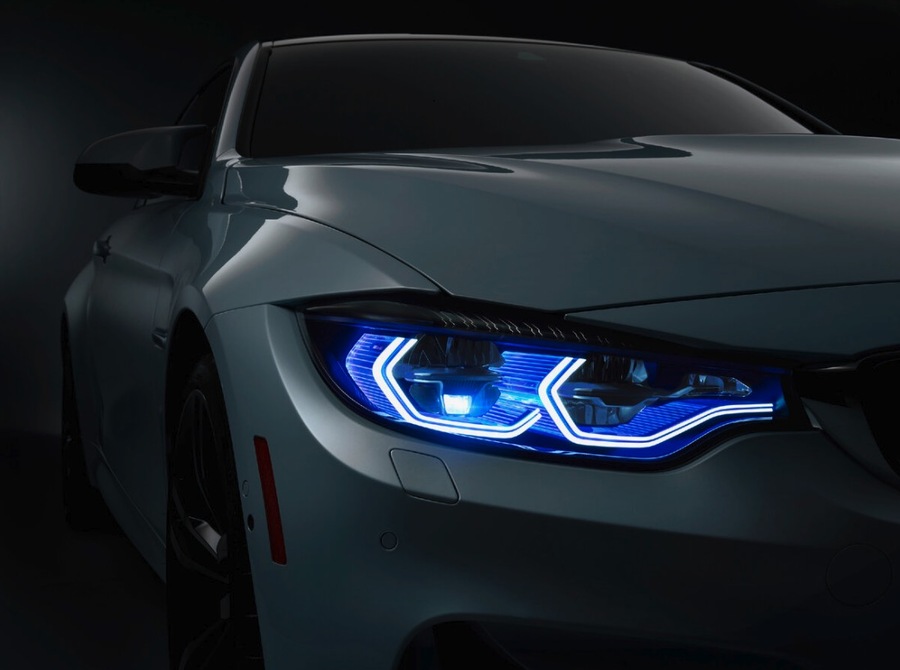
The Main Task of Optics
The primary task of car optics is to ensure optimal visibility and safety for both the driver and other road users. This involves:
– Illuminating the Road: Providing adequate light to see the road and any obstacles, especially in low-light conditions. Effective illumination helps drivers navigate safely and avoid hazards.
– Signaling: Using indicators and brake lights to communicate with other drivers. Clear signaling prevents misunderstandings and accidents.
– Enhancing Aesthetics: Modern optics also contribute to the vehicle’s overall design and aesthetics, enhancing its appeal and making it more attractive to potential buyers.
Innovations in Car Optics
Laser Headlights
Laser headlights represent the cutting edge of automotive lighting technology, offering unparalleled brightness and efficiency. They can project light over long distances, making them ideal for high-speed driving at night. Laser headlights are highly energy-efficient and compact, allowing for innovative design possibilities.
Matrix LED Optics
Matrix LED headlights use an array of LEDs that can be individually controlled to create a customizable light pattern. This technology allows for adaptive lighting that can avoid dazzling oncoming traffic while still providing excellent road illumination. Matrix LEDs enhance both safety and driving comfort by adjusting the light output to suit different driving conditions.
Headlight Projectors
Headlight projectors use lenses to focus light more precisely, providing better illumination and reducing glare. This technology is often used in high-end vehicles to enhance both functionality and aesthetics. Projector headlights offer a sharp, focused beam of light, improving visibility and reducing eye strain.
Headlight Screens
Headlight screens integrate display technology into headlights, allowing for dynamic lighting effects and improved communication with other road users. This innovation can provide real-time information and enhance safety. Headlight screens can display messages or warnings to other drivers, improving overall road safety.
Complete Abandonment of Headlights
Future innovations may lead to the complete abandonment of traditional headlights, with vehicles using advanced sensors and computer vision to navigate and communicate. This would revolutionize automotive design and functionality, making driving safer and more efficient. Such systems could provide 360-degree visibility and eliminate blind spots, significantly enhancing safety.
The Future of Car Optics
In a few years, headlights may massively use computer vision, and rearview mirrors may disappear. Vehicles will rely on integrated camera systems and displays to provide drivers with a comprehensive view of their surroundings, enhancing safety and reducing the need for traditional mirrors and lighting systems. This shift will pave the way for smarter, more connected vehicles that can communicate with each other and with infrastructure.

Best Manufacturers of Optics for Cars
Several companies are at the forefront of car optics technology, known for their innovation and quality:
KOITO MANUFACTURING CO., LTD
Details: A leading Japanese manufacturer of automotive lighting, KOITO produces advanced lighting solutions for a wide range of vehicles, known for their reliability and performance. They are a major supplier for many automotive brands and continually innovate in the field of car optics.
Magneti Marelli S.p.A.
Details: An Italian company that designs and produces high-tech components and systems for the automotive industry, including innovative lighting solutions. Magneti Marelli is renowned for its cutting-edge technology and collaboration with major car manufacturers.
Valeo
Details: A global leader in automotive lighting and electronics, Valeo offers cutting-edge technology and high-quality products, contributing to the development of advanced lighting systems. Valeo’s innovations include adaptive headlights and advanced driver assistance systems.
Hella KGaA Hueck & Co
Details: A German manufacturer specializing in automotive lighting and electronics, Hella is known for its innovative solutions and high standards of quality. Hella’s products are used by many leading automotive brands and are recognized for their durability and performance.
Stanley Electric
Details: A Japanese company specializing in the development and production of automotive lighting systems, Stanley Electric is renowned for its advanced technology and reliability. They provide high-performance lighting solutions that enhance vehicle safety and aesthetics.
Ichikoh Industries Ltd.
Details: Another leading Japanese manufacturer, Ichikoh Industries focuses on automotive lighting and mirrors, providing high-quality products for a variety of vehicles. Ichikoh is known for its innovative designs and commitment to quality.
ZKW Group
Details: An Austrian company known for its premium automotive lighting systems, ZKW Group offers innovative solutions that enhance safety and aesthetics. Their products are used in luxury and high-performance vehicles, showcasing advanced technology and superior design.
Conclusion
Car optics are a crucial component of vehicle safety and functionality. From traditional halogen headlights to cutting-edge laser and matrix LED technologies, car optics have evolved significantly over the years. Innovations in this field continue to enhance visibility, safety, and aesthetics, making driving safer and more enjoyable. Leading manufacturers like KOITO, Magneti Marelli, and Valeo are driving this innovation, providing high-quality lighting solutions for the automotive industry. As technology advances, the future of car optics looks bright, with the potential for revolutionary changes in how vehicles are illuminated and how drivers interact with their surroundings.

I graduated from the California Institute of Technology in 2016 with a bachelor’s degree in software development. While in school, I earned the 2015 Edmund Gains Award for my exemplary academic performance and leadership skills.
